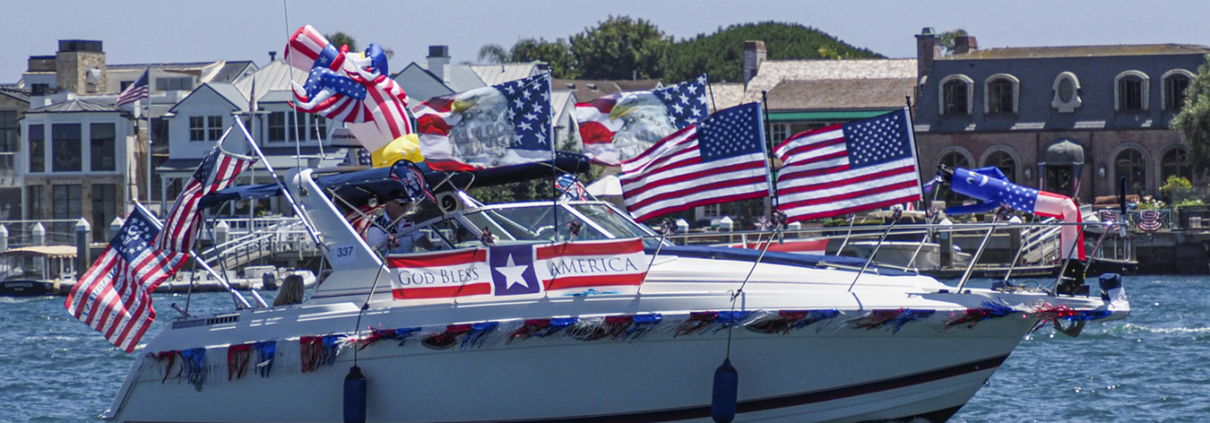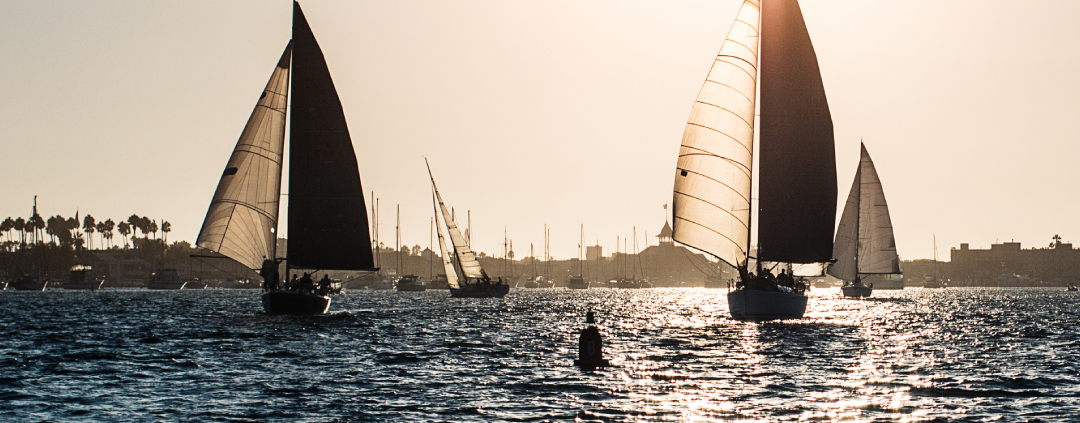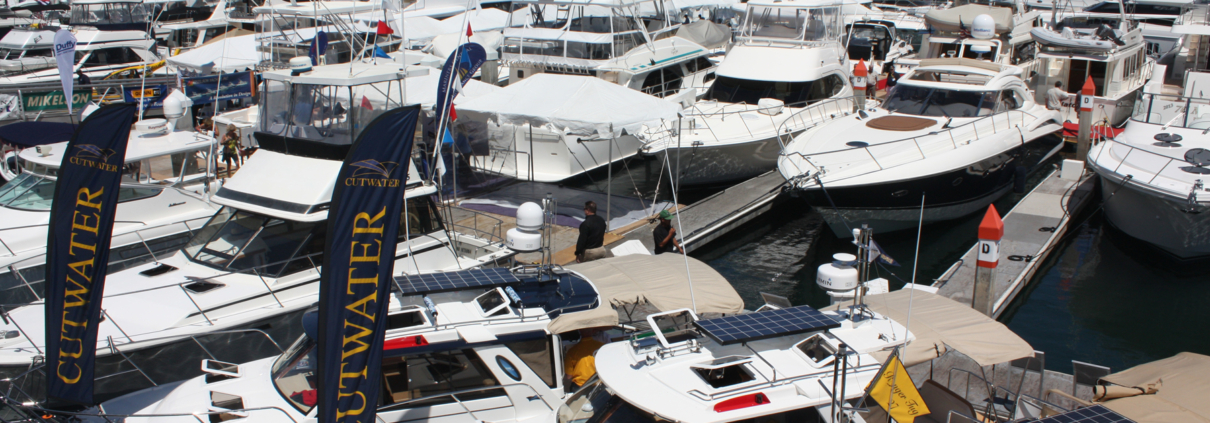Lower Newport Bay’s main channel (the harbor) has not been dredged to its required 25-foot “design depth” since 1938. Our harbor is the primary economic, recreational and water quality resource asset in Newport Beach.
We haven’t had the money or political will to dredge the harbor’s main channel to its federally required design depth, until now.
As part of the U.S. system of waterways, Newport Harbor’s dredging is ultimately the responsibility of the federal government.
But we are in competition for federal funds with the nation’s major ports and naval bases.
Finally, after decades of lobbying, we are receiving nearly $16 million in dredging funds thanks to the hard work of Representatives Michelle Steel and Ken Calvert.
With funding in the bank, it’s now the city’s job to deliver a dredging plan that passes regulatory muster with the multitude of agencies that must approve the project. As the former Harbor Master, I can attest to the fact that the actual dredging will take less time than the permitting process.
We are at an inflection point in this critical process.
Dozens of Harbor Commission and City Council meetings with robust public input have resulted in a certified Environmental Impact Report It lays out a plan to bury and cap nominally contaminated dredge material (sand) in a hole between Lido and Bay Islands. It’s the same process used across the U.S. since the 1980’s to decommission landfills.
At last week’s city council meeting, the council majority agreed to allow an open-end third-party review of the City’s approved dredge project and one advanced by well-intentioned Lido Island residents.
This 11th hour review is a bad idea. It jeopardizes the federal funding and scheduling of the multi-million dollar dredging project for Newport Harbor.
A delay for an independent third-party review could set this whole project back years by putting a halt to all the momentum the process has at this time.
This in turn could make the cost rise substantially if the City could get it back on track with the Federal and State governments dredging contractor.
Our window to dredge is open now. Confusing state, local and federal agencies will close it.
Dennis Durgan / Chairman, Newport Harbor Foundation and Former Newport Beach Harbor Master
This letter first appeared in the Newport Beach Independent…






Share this entry